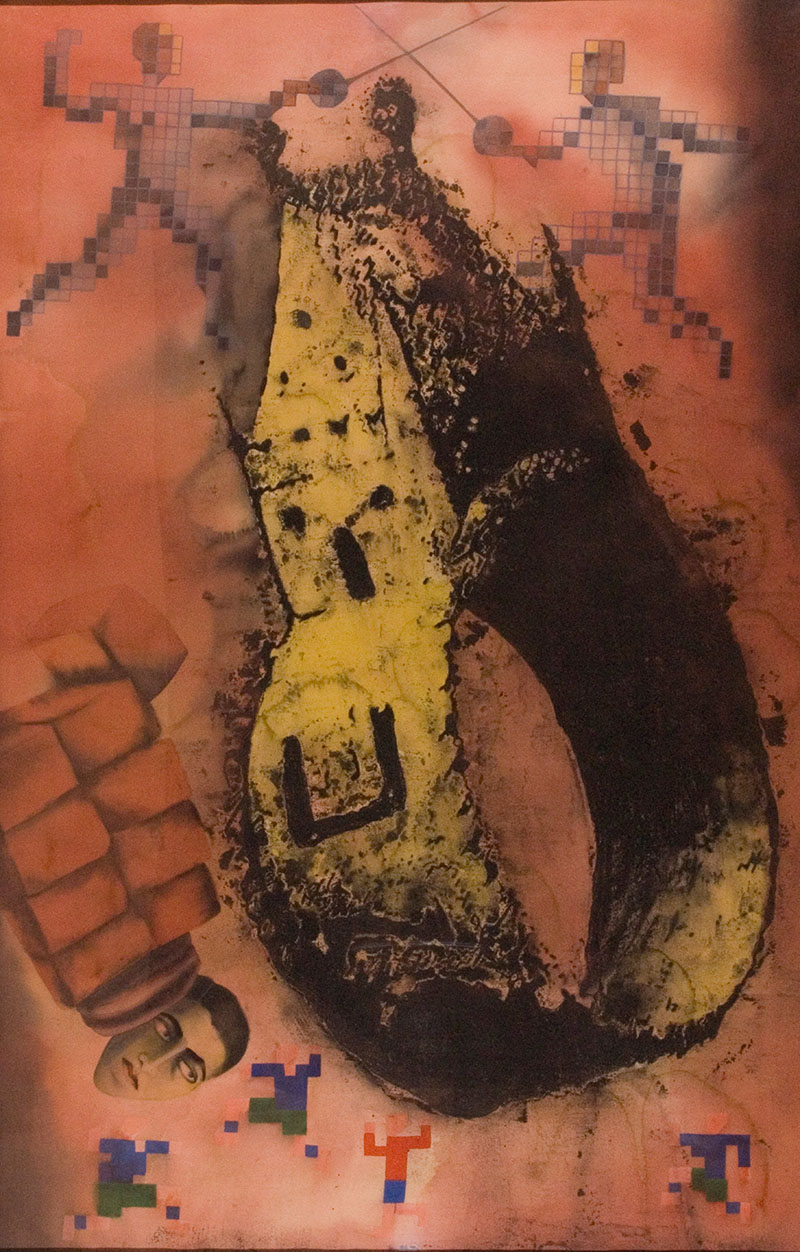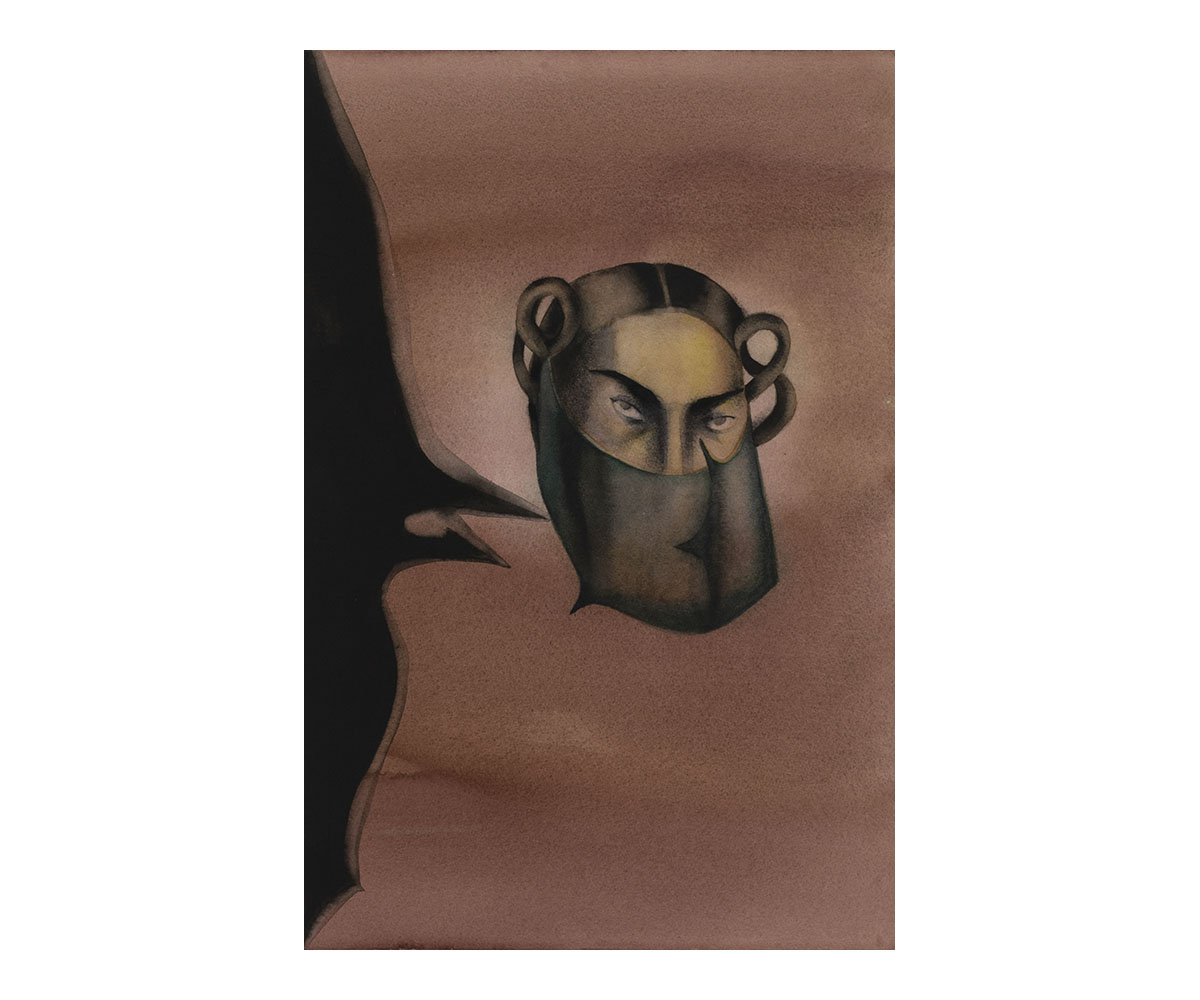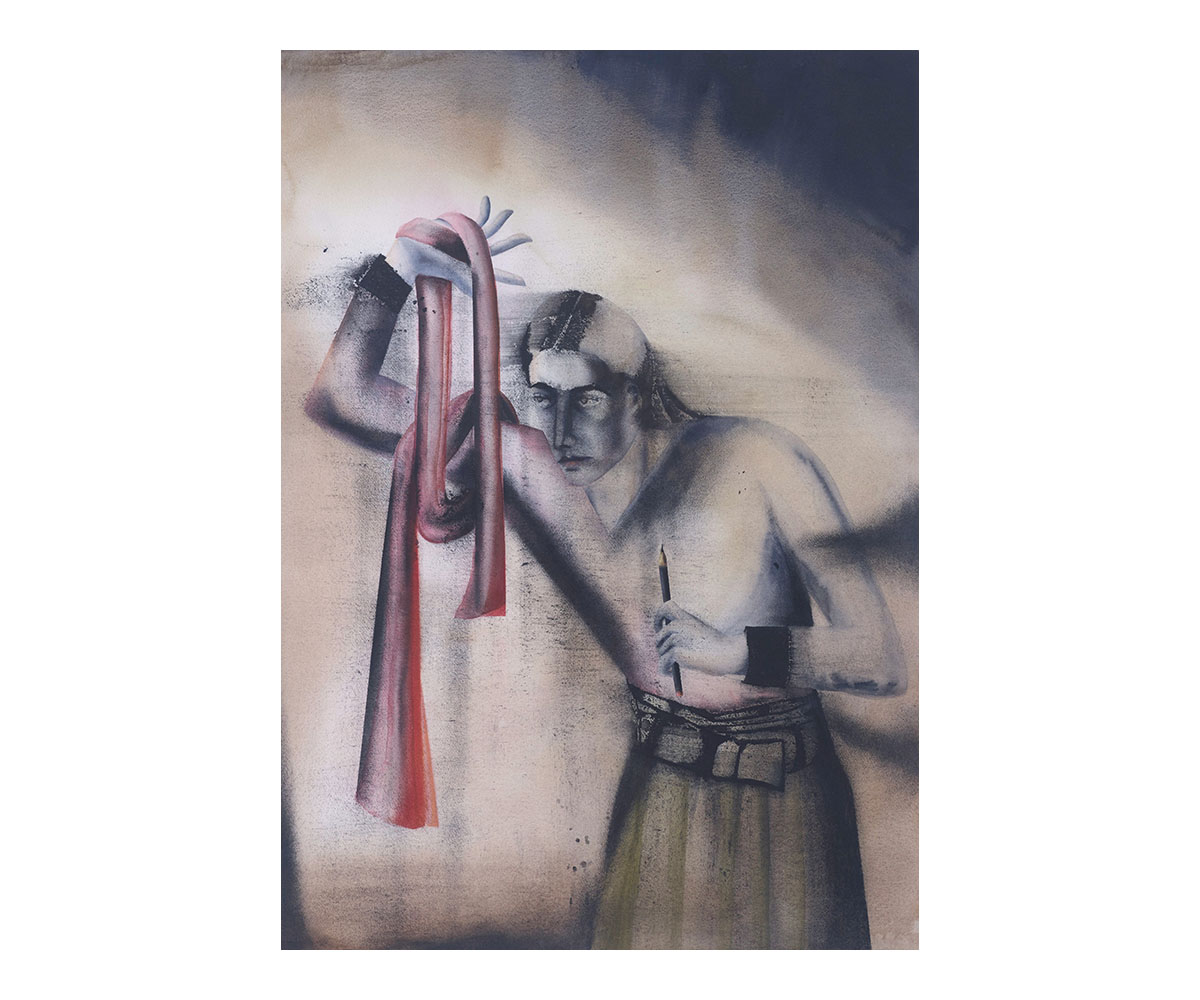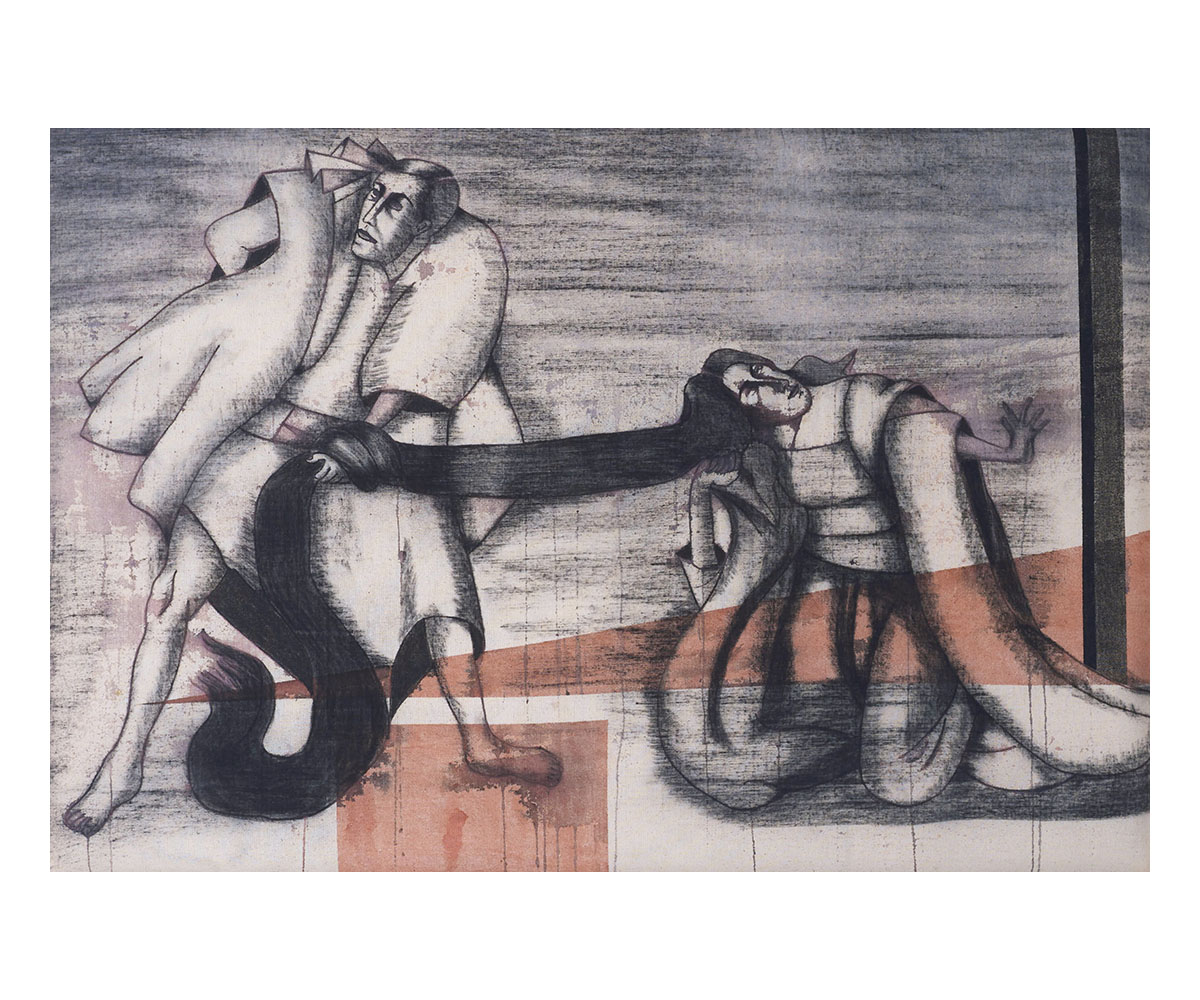ARTICLE
Anju Dodiya
Dodiya has been exhibited widely and her solo exhibitions have been mounted at the Lakshmi Vilas Palace (Baroda, India), Chemould Prescott Road (Mumbai, India), Vadehra Art Gallery (New Delhi, India), Bikaner House (New Delhi, India), and Galerie Daniel Templon (Paris, France), among other institutions. Her work has been shown at institutions such as Chicago Cultural Centre (USA), National Museum of China (Beijing), Kochi Muziris Biennale (Kochi, India), Venice Biennale (Venice, Italy), Jehangir Nicholson Art Foundation (Mumbai, India), Grosvenor Vadehra (London, UK), and National Gallery of Modern Art (Mumbai and New Delhi, India) among others. Her work forms part of several important private and public collections including Burger Collection (Hong Kong, China), Art Institute of Chicago (USA), Zabludowicz Collection (London, UK), Kiran Nadar Museum of Art (New Delhi, India) and Devi Art Foundation (New Delhi, India), among others.
Dodiya is married to fellow artist Atul Dodiya and at the time of writing, she lives and works in Mumbai.
Bibliography
Our website is currently undergoing maintenance and re-design, due to which we have had to take down some of our bibliographies. While these will be re-published shortly, you can request references for specific articles by writing to hellomapacademy@map-india.org.










